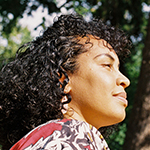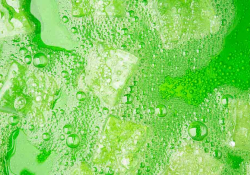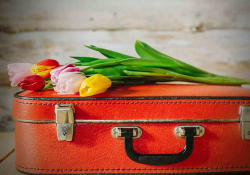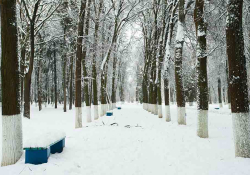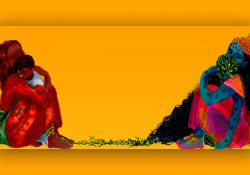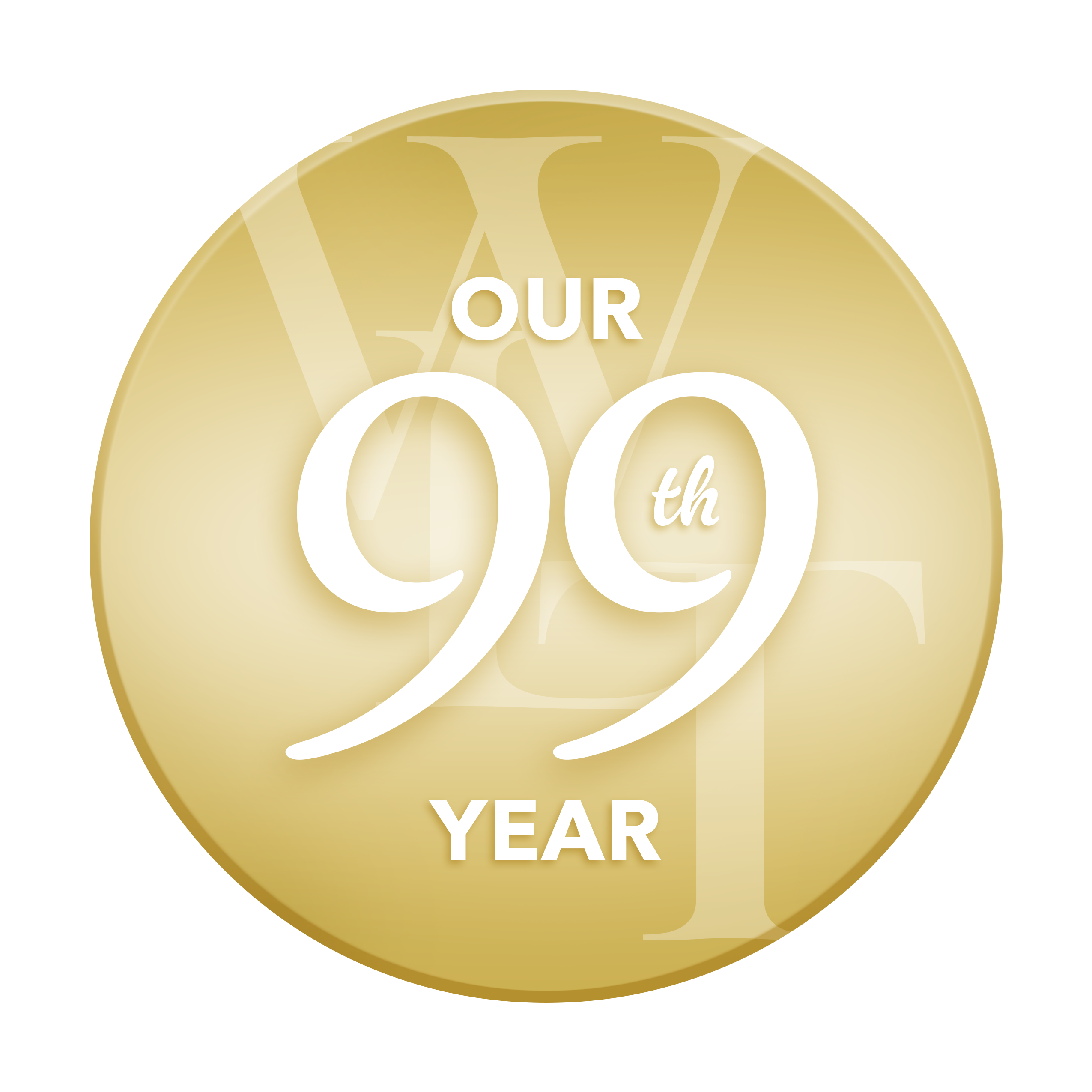Beach Penguins
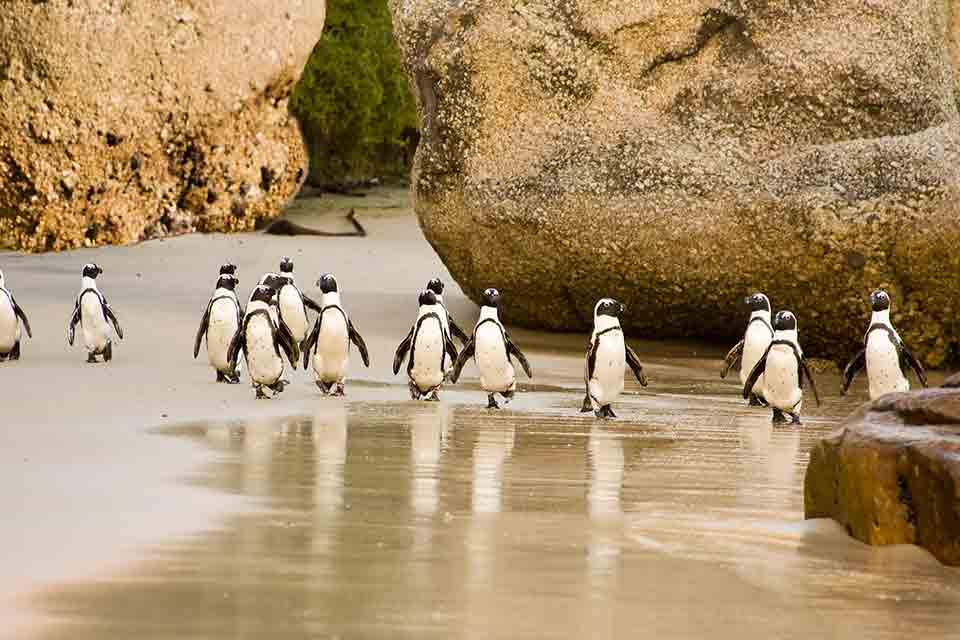
Things about the world that we learn at school: Penguins inhabit icescapes, they live closely packed together. Penguins dwell in the Antarctic, where they will never encounter polar bears. Penguins engage in monogamous relationships. But life does not fit into pegs neatly. Penguins also reside at the southernmost, sunniest points, in South America, in Australia, and here, where they are called jackass penguins because their calls sound like a mule’s mournful bray. They walk on sandy beaches and build their nests in the thicket at the foot of the city, which stretches up to the mountains. In the memory of the world, this city represents good hope, graveyard of dreams, tavern of the seas, countless euphemisms, the end, and the beginning. All routes, all beginnings and endings, everything that can be forcibly separated and reunited lead to the city—on ships, onshore, across borders. The Mother City with its barred windows: a surface of foreign imaginations. On the coasts and on Robben Island, we split apart, we find each other, and we join together violently, like the Atlantic and Pacific, the Dutch and the English. Dirges every three hours, mules crying. The penguins’ black feathers are stuck together, and their wings trapped between scraps of plastic.
Translation from the German
Editorial note: From Messer, Zungen, copyright © 2022 by Simoné Goldschmidt-Lechner.

